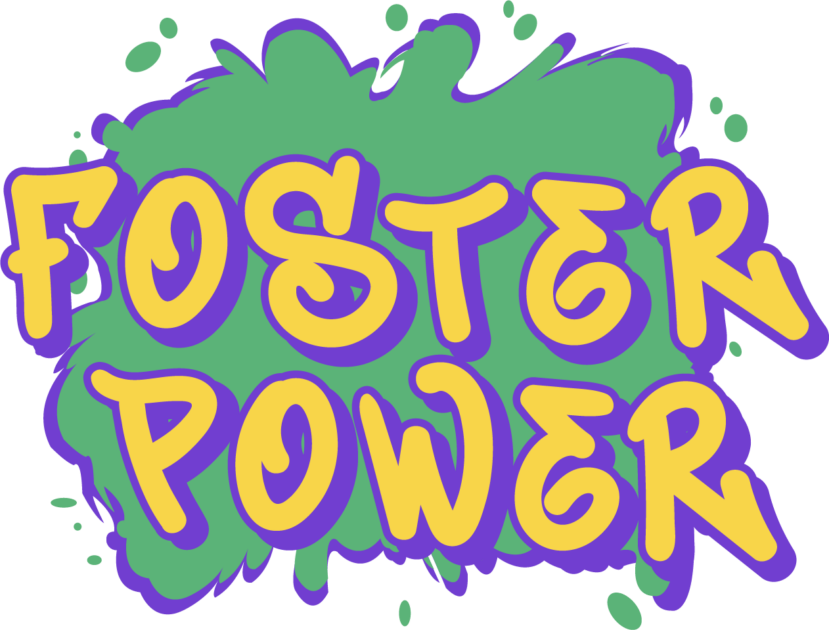In This Section:
What does LGBTQ+ stand for?
- Lesbian – usually refers to women who are attracted to other women. Some non-binary people also identify with this term
- Gay – can refer to any person who is attracted to people of the same sex
- Bisexual– someone who is attracted to both men and women
- Transgender refers to a person’s gender identity. A transgender person’s gender identity does not match the sex assigned to them at birth. Gender identity and sexual orientation are separate aspects of a person’s identity: A transgender person may be bisexual, gay, or straight (or may identify in some other way)
- Queer– An umbrella term used by people who identify as part of the LGBTQ+ community
- + (Plus)– The ‘plus’ is used for all of the gender identities and sexual orientations that are not covered by the other five initials
What other definitions should I know?
Florida Administrative Code provides information on the following:
- Transgender means having a gender identity that is different than the person’s gender listed on the person’s birth certificate.
- Gender or gender identity means a person’s internal identification or self-image as male or female. Gender identity may or may not correspond to the gender that is listed on the person’s birth certificate. The terms male, female, or nonbinary describe how a person identifies.
- Gender expression refers to the way a person expresses gender through appearance, dress, grooming habits, mannerisms and other characteristics.
What are pronouns?
Pronouns refer to people who are talking (you or I) or someone being talked about (like she, he, they) Gender pronouns (like he, she, them) refer to people you are talking about.
The Law
Fla. Admin. Code 65C-46.001

